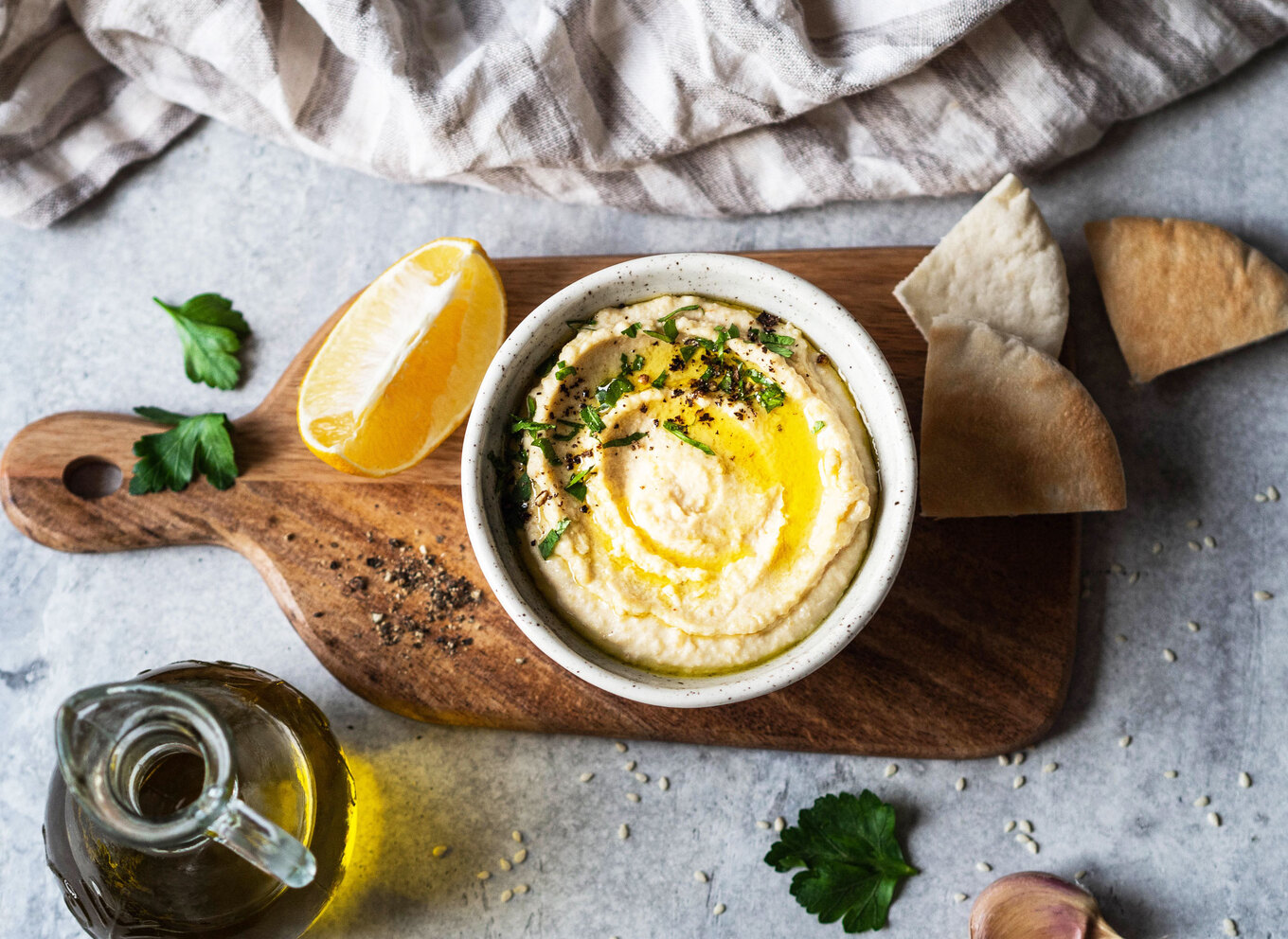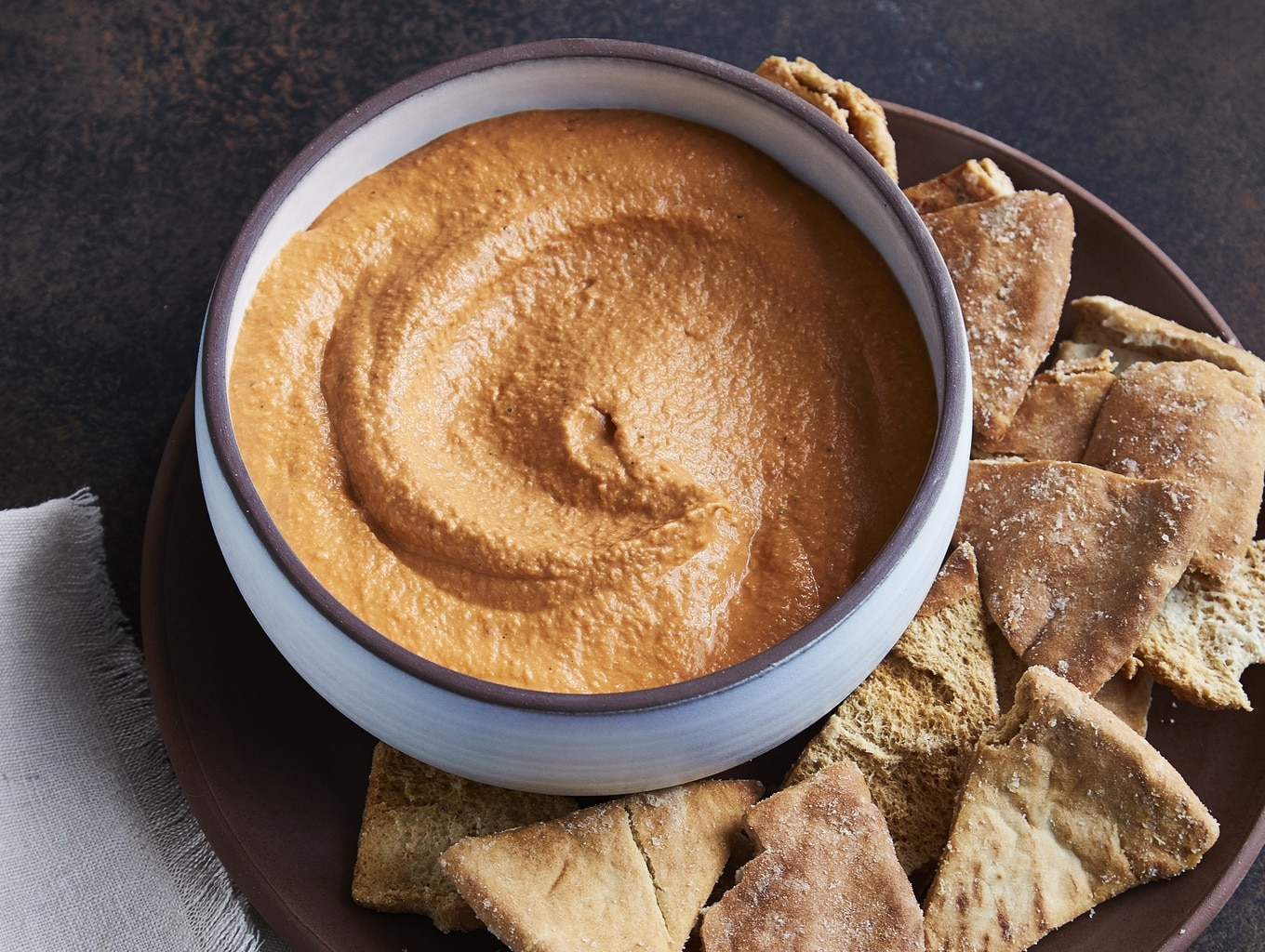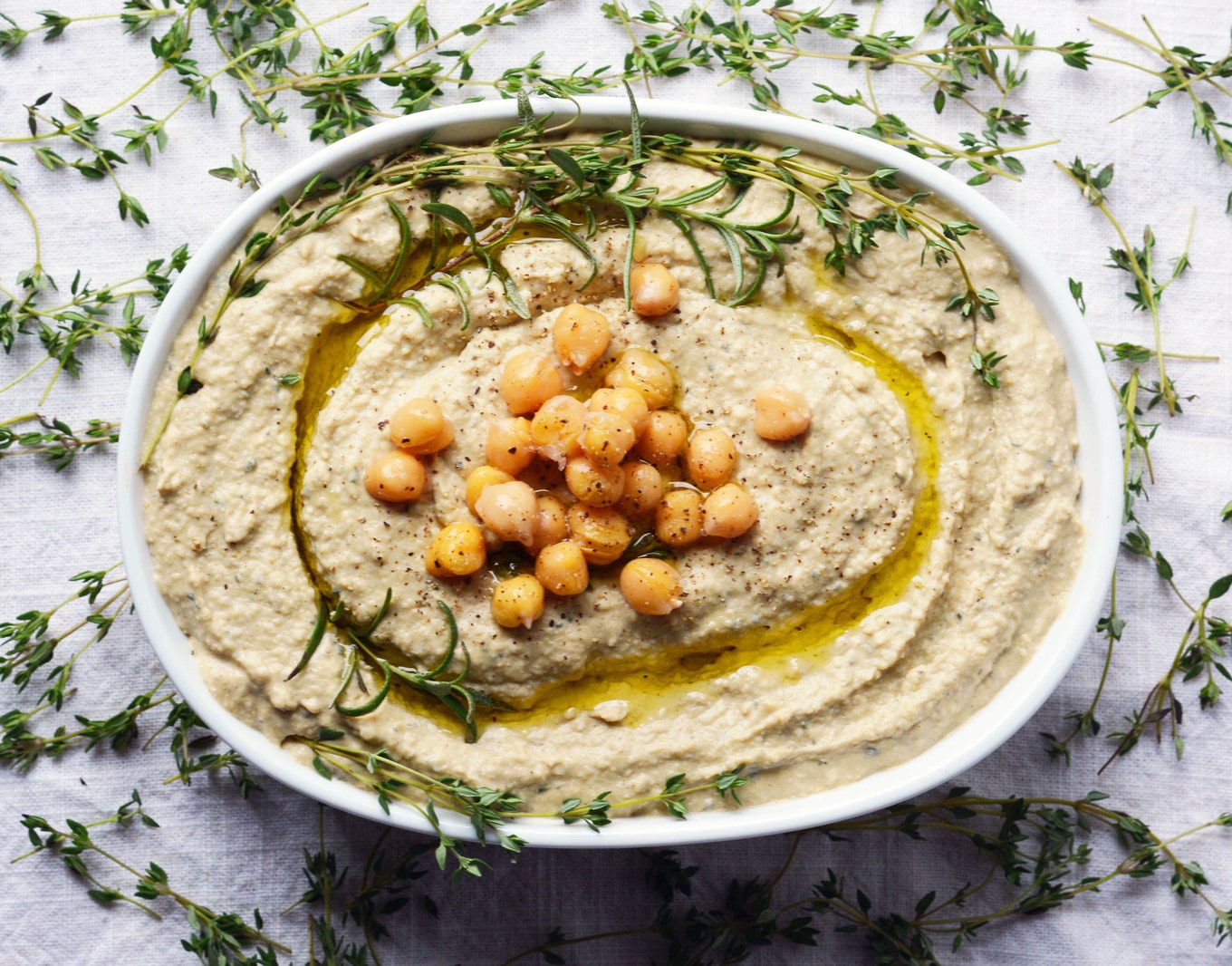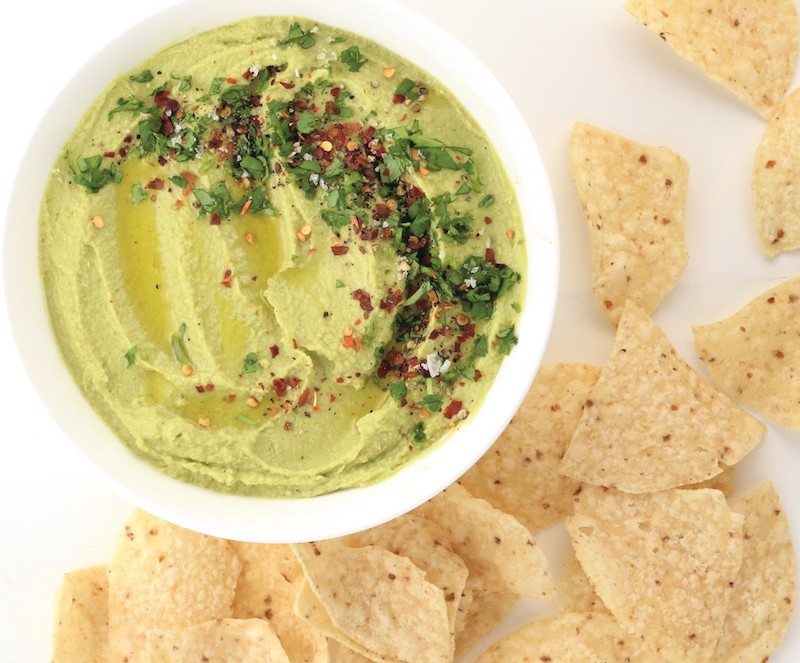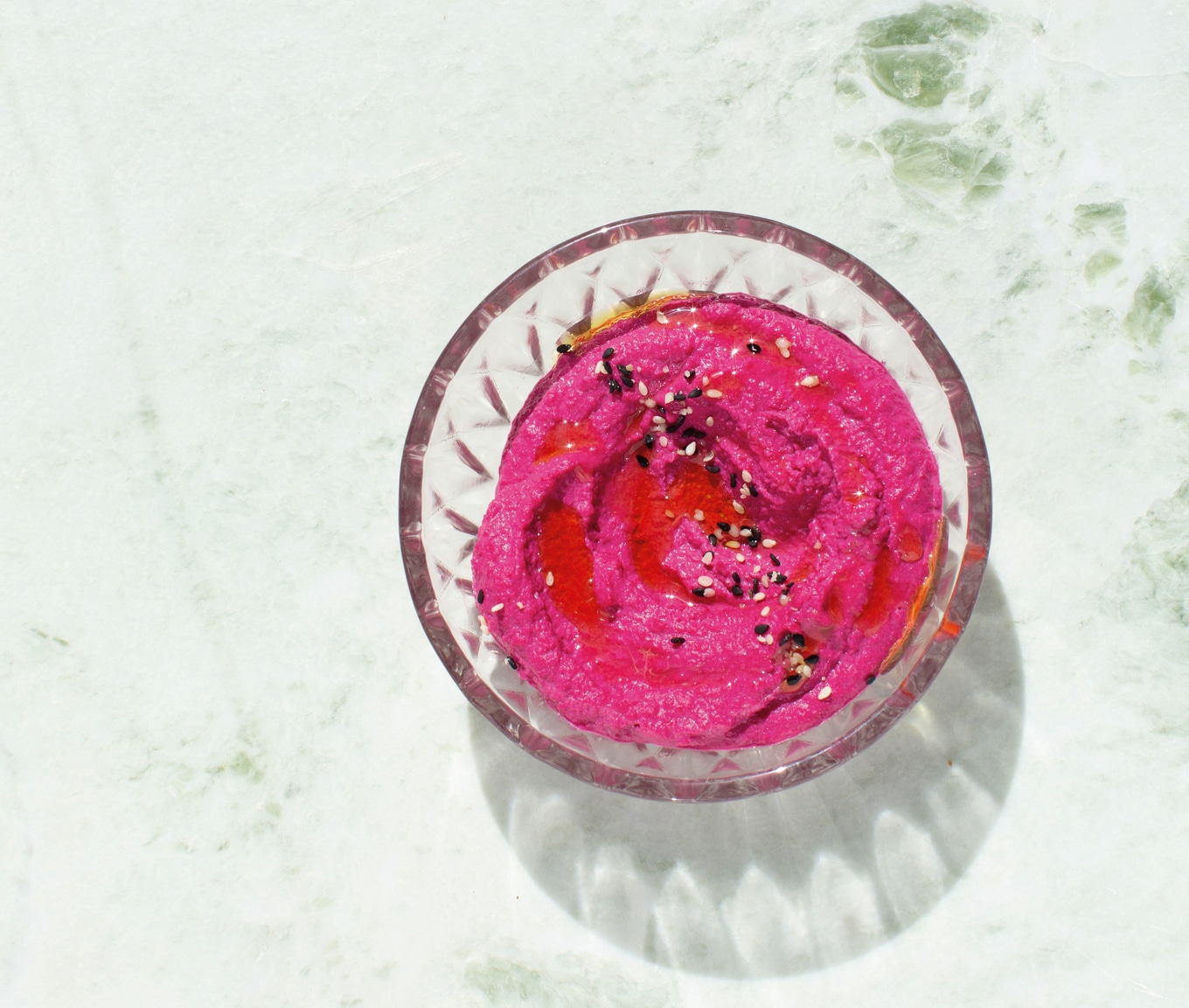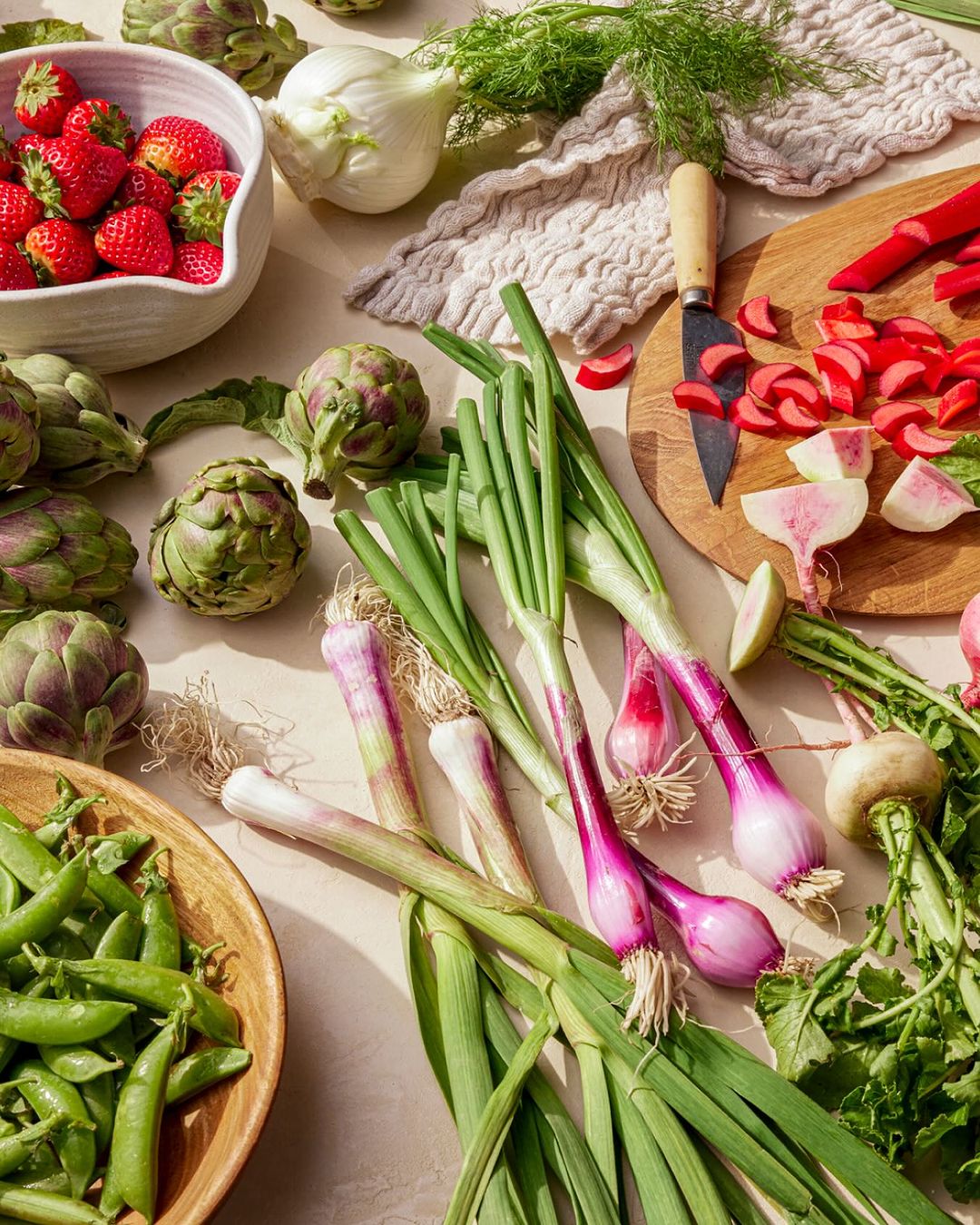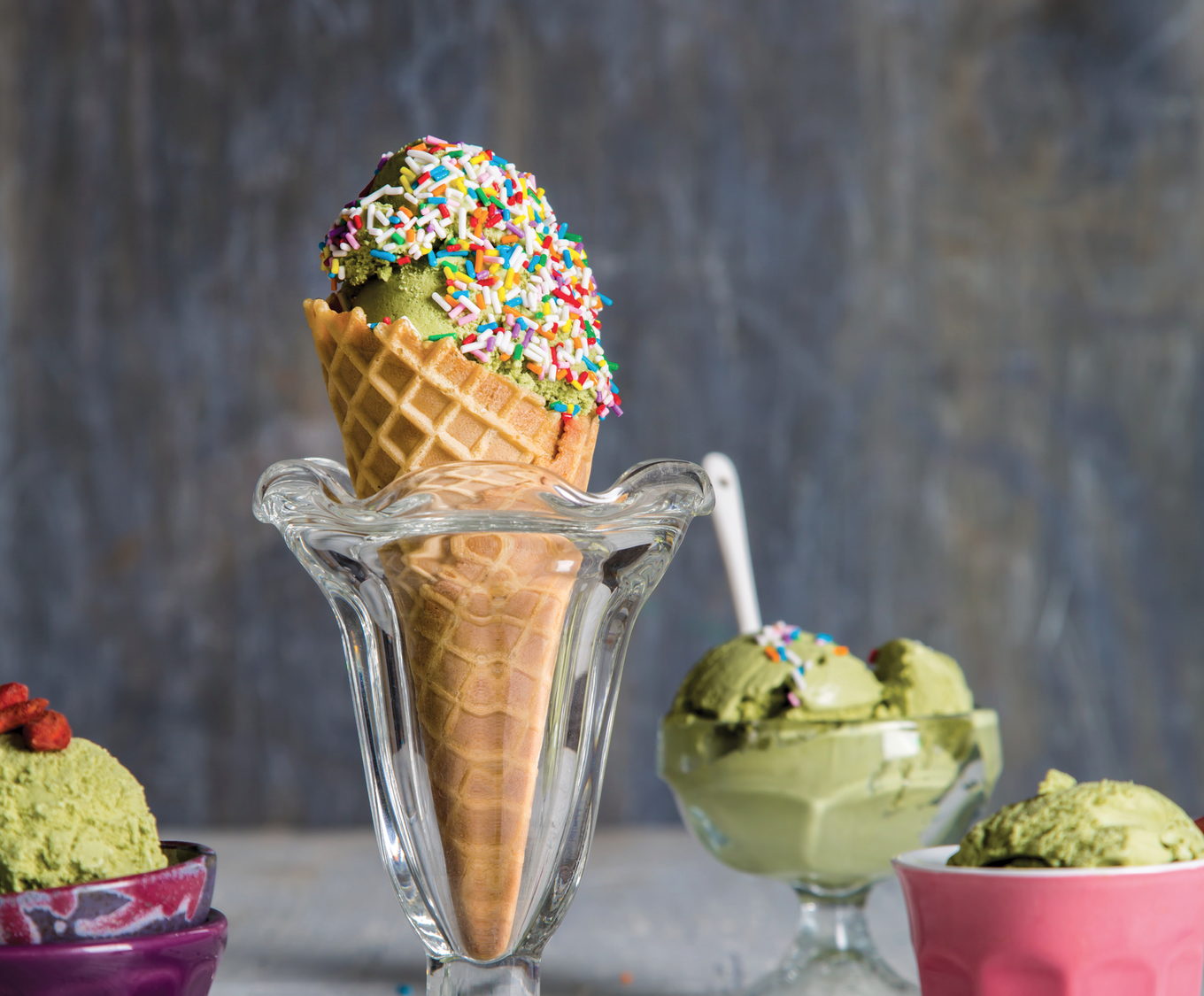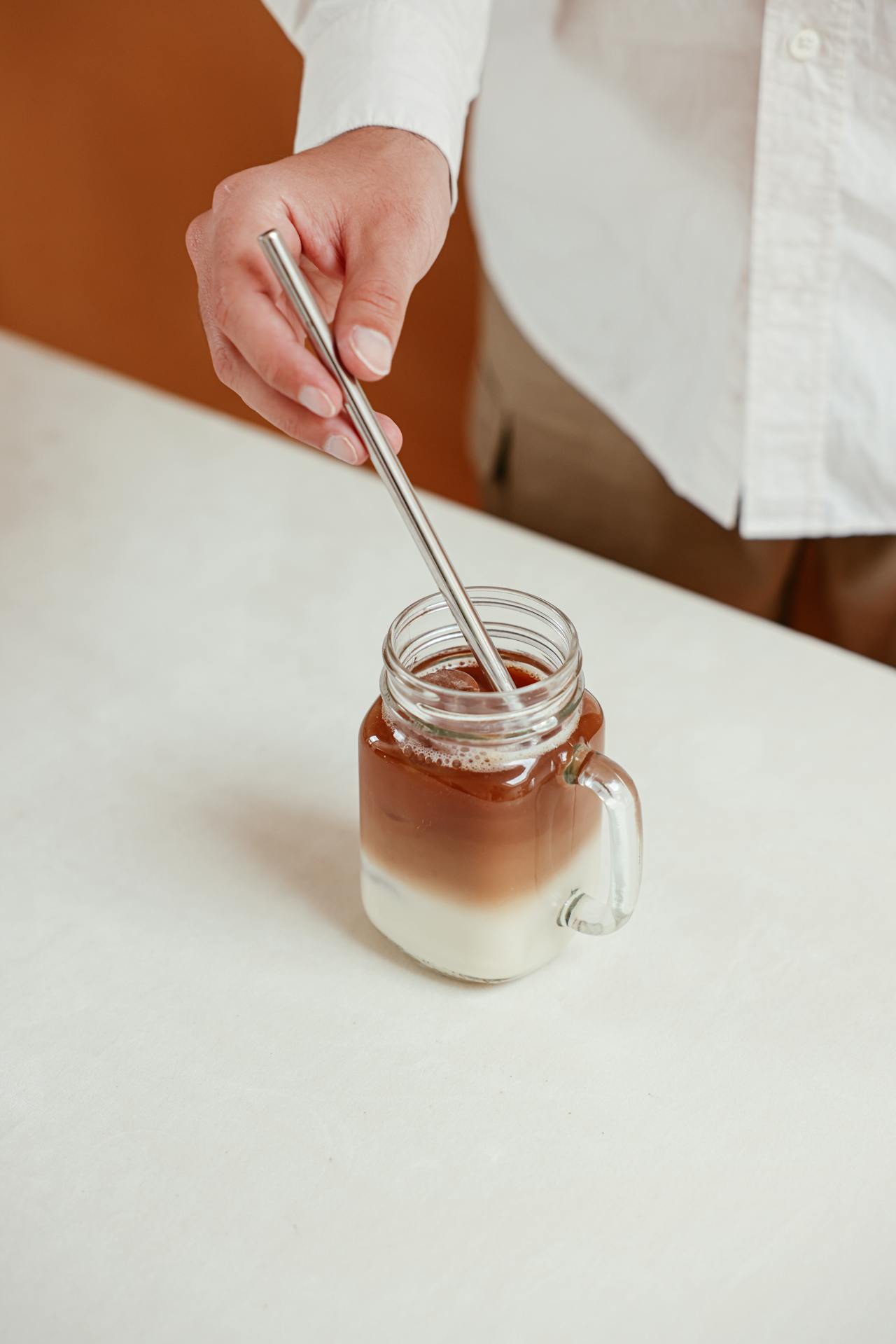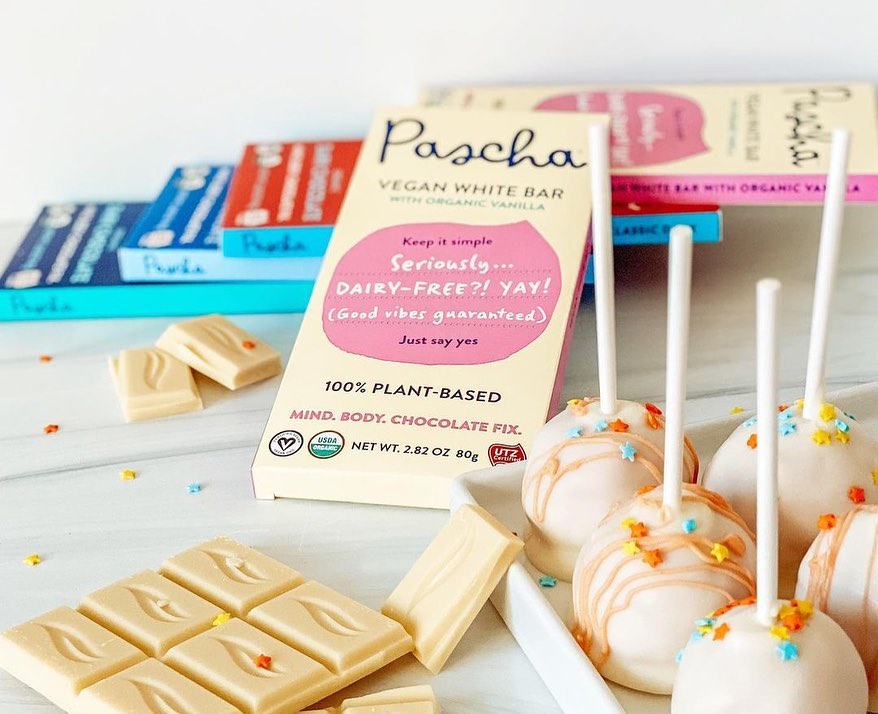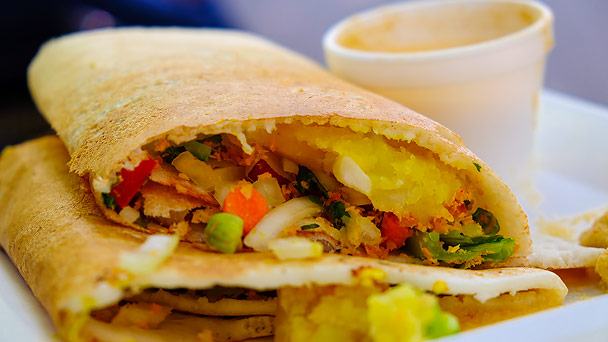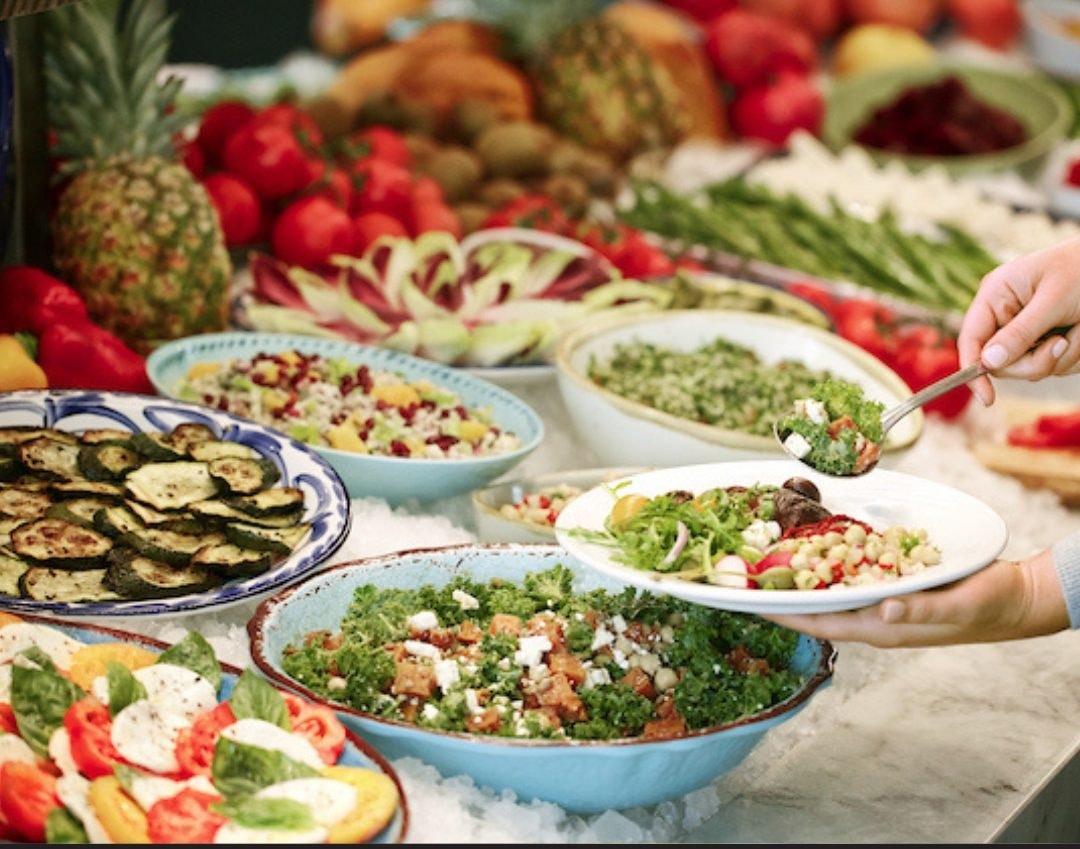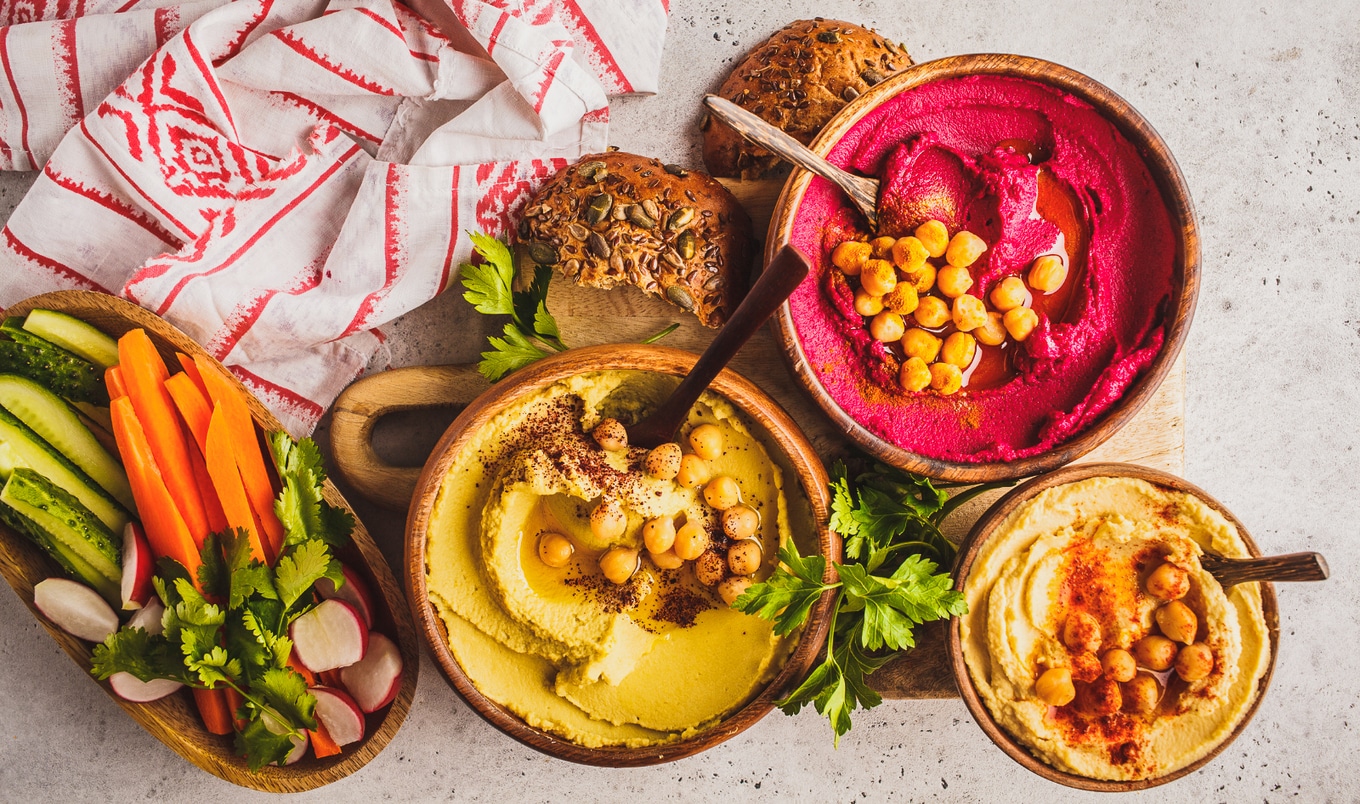
Fox News correspondent Cortney Moore caused a stir when she cautioned against consuming too much hummus, citing an Eat This Not That article that interviewed several nutritionists and dietitians.
Moore claimed that overdoing it with this dip could lead to gastrointestinal issues, arguing that because hummus is made from chickpeas—a legume that takes a while to break down—eating hummus could cause gastrointestinal inflammation for some individuals.
More commonly known as IBS, or irritable bowel syndrome, an inflamed gastrointestinal tract can manifest as severe bloating, gas, stomach pain, diarrhea, and/or constipation.
Table of Contents
“Beware” the chickpea
While IBS is a serious issue that an estimated 10 to 15 percent of Americans suffer from, there is no concrete reason to avoid hummus at your next get-together or when the snack cravings hit. Moore’s statement is the definition of a slippery slope logical fallacy. The same logic would dictate that chickpeas themselves are far more harmful than hummus which is diluted with lemon juice, oil, and tahini.
Fiber: the double-edged sword
Moore also notes that too much fiber can cause stomach distress. It’s a bit of a catch-22. The Institute of Medicine recommends adults consume at least 14 grams of fiber per 1,000 calories of food. For the 2,000-calorie standard, that’s 28 grams of fiber per day.
According to Harvard Health, most Americans only get 10 to 15 grams of fiber a day. This is largely due to the fact that the Standard American Diet (SAD) is rich in animal products, which contain little to no fiber.
Those who do not consume enough fiber (the vast majority of Americans) often have trouble digesting it. However, gastroenterologist Dr. Angie Sadeghi states that people can work their way up to comfortably handle more fiber. The answer is not to refrain from hummus completely—just don’t eat the whole tub in one sitting and consider the fiber content of the other foods you enjoy with hummus (celery and carrot sticks are high in fiber).
Hummus nutrition
Despite the Fox News warning, one serving of hummus is well within the fiber tolerance of even the most carnivorous Americans. A standard two-tablespoon serving only contains one to two grams of fiber. While it’s a decent amount to get you toward that daily fiber goal, it won’t wreck your digestive system. It’s all about moderation. Individual food sensitivities aside, chickpeas and hummus are perfectly safe to consume as long as they don’t make up your entire meal.
The overall nutrition of hummus varies based on the brand you buy (the oil and tahini content greatly determines the caloric, fat, and protein content), but you can expect a caloric range of 50 to 70 calories, 2 grams of protein, and 4 to 5 grams of mostly unsaturated fats. It’s not a superfood, but a two-tablespoon serving or even a quarter cup won’t wreck your diet or your insides.
Hummus craze
Given the ever-growing popularity of hummus, it’s unlikely consumers will curtail their consumption. The 2023 global hummus market was valued at $3.75 billion and is expected to reach $10 billion by 2032 according to Fortune Business Insights. In the US, an estimated one-third of the population consumes the chickpea spread regularly.
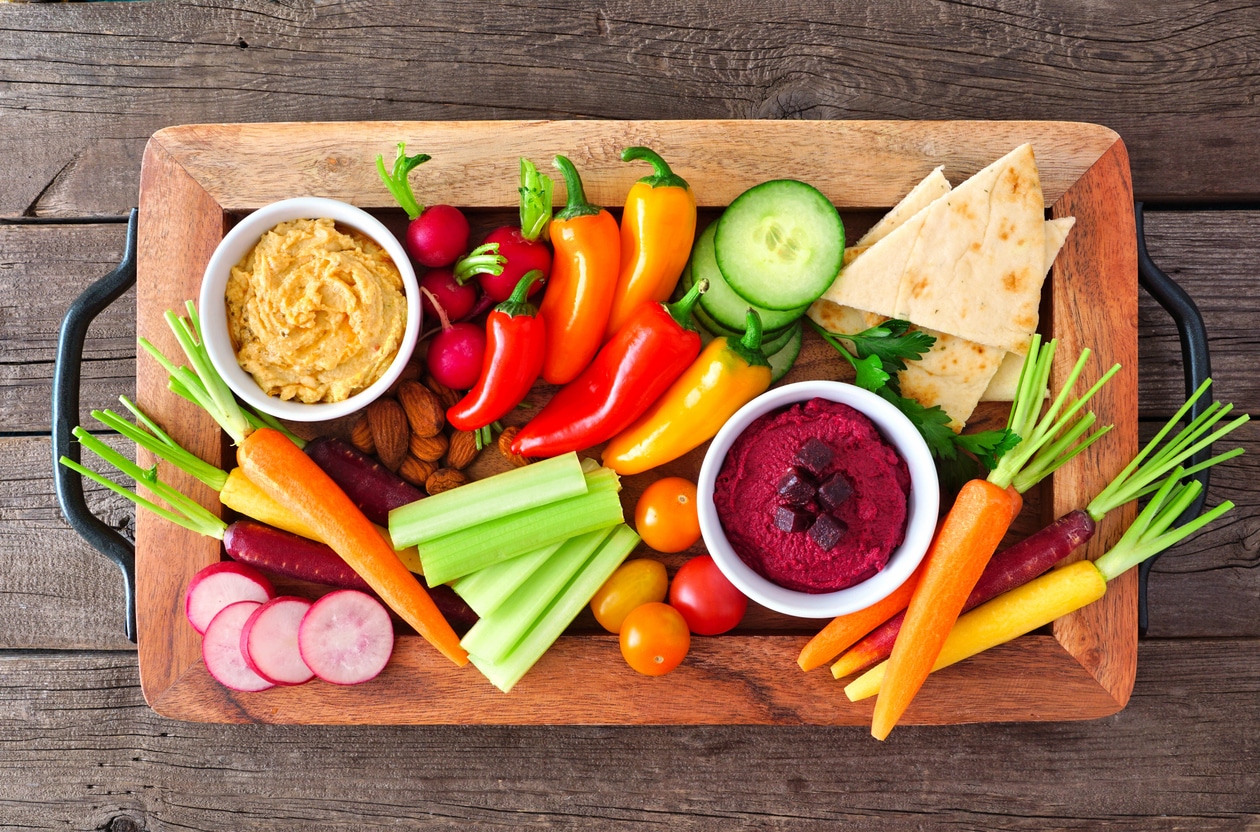 Getty
Getty
Toward the later half of the 2010s, hummus had ventured beyond the crudité platter. East Coast chain the Hummus and Pita Co. created hummus-based vegan milkshakes, and dessert hummus is now firmly a thing. Whether you sip, dip, spoon, or spread your chickpeas, it’s clear hummus is here to stay.
Make your own hummus with these 4 recipes
Hummus is readily available at most grocery chains and big-box stores, but did you know this spread is also incredibly easy to make and customize? Try you hand at these four recipes for a creative twist on hummus.
1Garlicky Vegan Pizza Hummus
Everyone loves pizza night, so why not take it up a notch by serving this garlicky, pizza-flavored dip as an appetizer? Tomato sauce, cheesy nutritional yeast, garlic, dried herbs, and balsamic vinegar impart the classic pizza flavor into this hummus recipe. Sprinkle with crushed red pepper or vegan parmesan for even more of the pizza experience.
2Holiday Stuffing Hummus
If you ever crave classic holiday dishes in the middle of summer, we’ve got good news for you. In lieu of making an entire holiday feast, simply make a batch of this Holiday Stuffing Hummus and store in your fridge for whenever a craving strikes.
3 Vegan Garlicky Chickpea Avocado Hummus Dip
Worlds collide in this guacamole-inspired hummus dip. Avocado adds extra creaminess for the perfect party pleaser. You may never make hummus, or guac, the same way again.
4 Vegan Pink Beet Hummus
Roasted beets impart a bright pink hue and depth of flavor into this hummus spread. Add it to your snack boards for a vibrant pop of color even Barbie would approve of.

